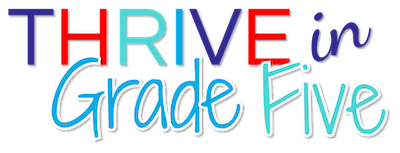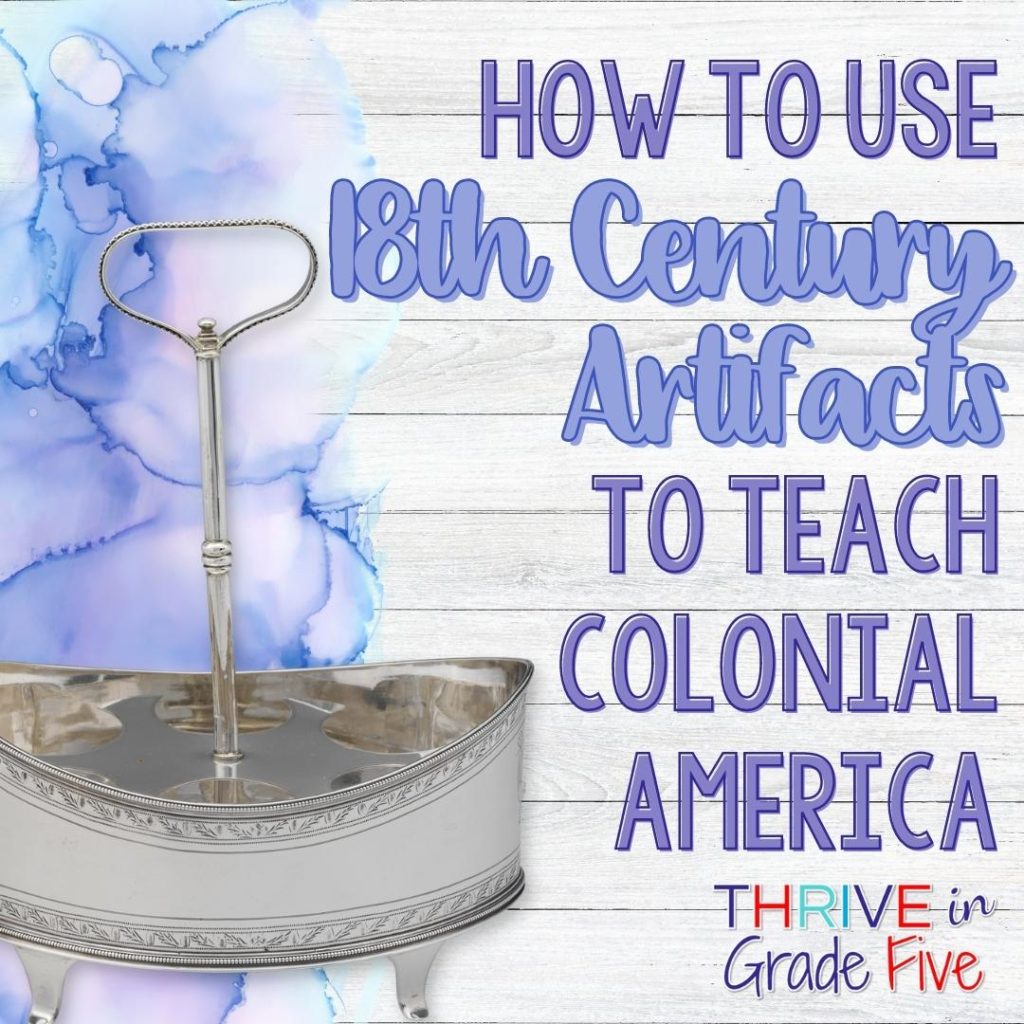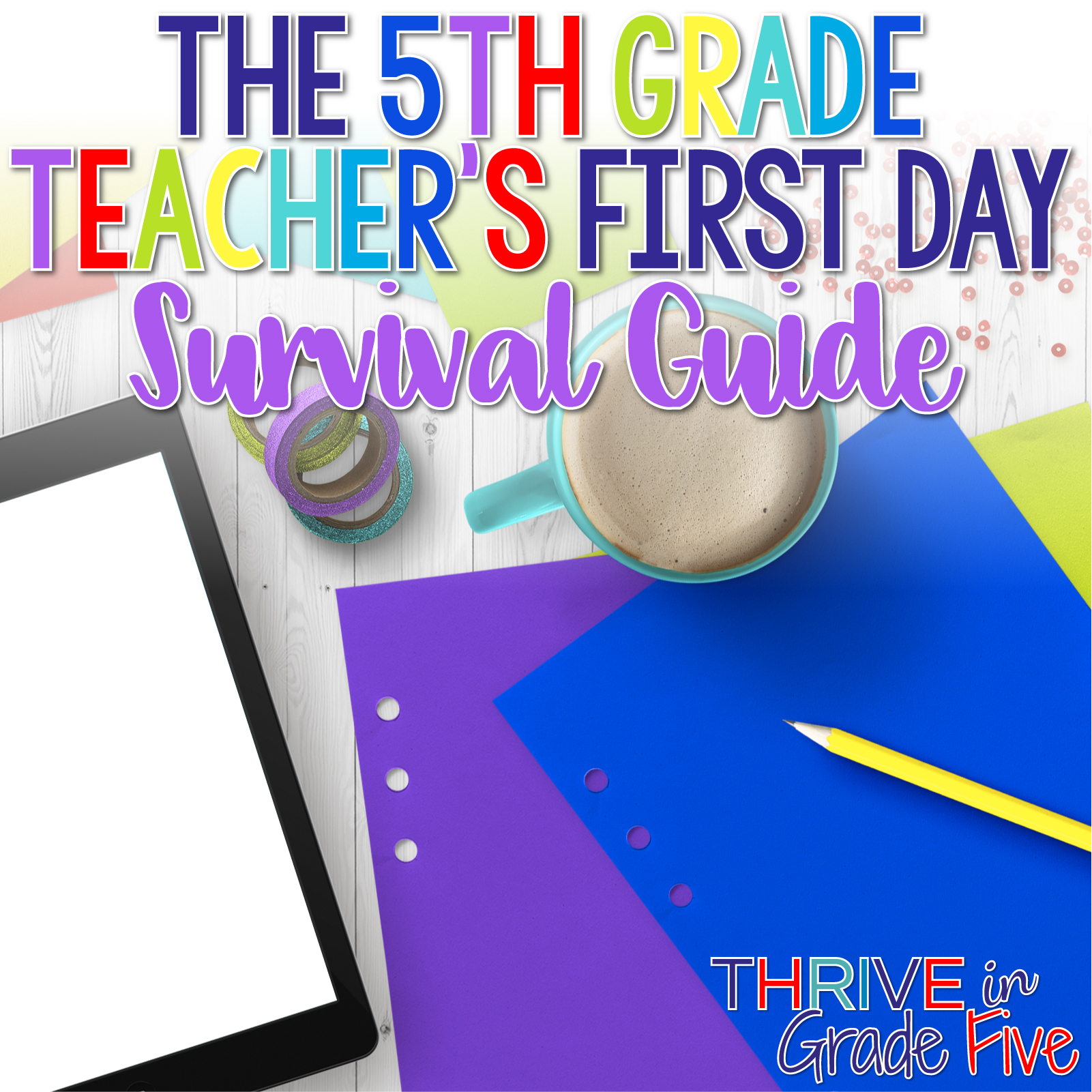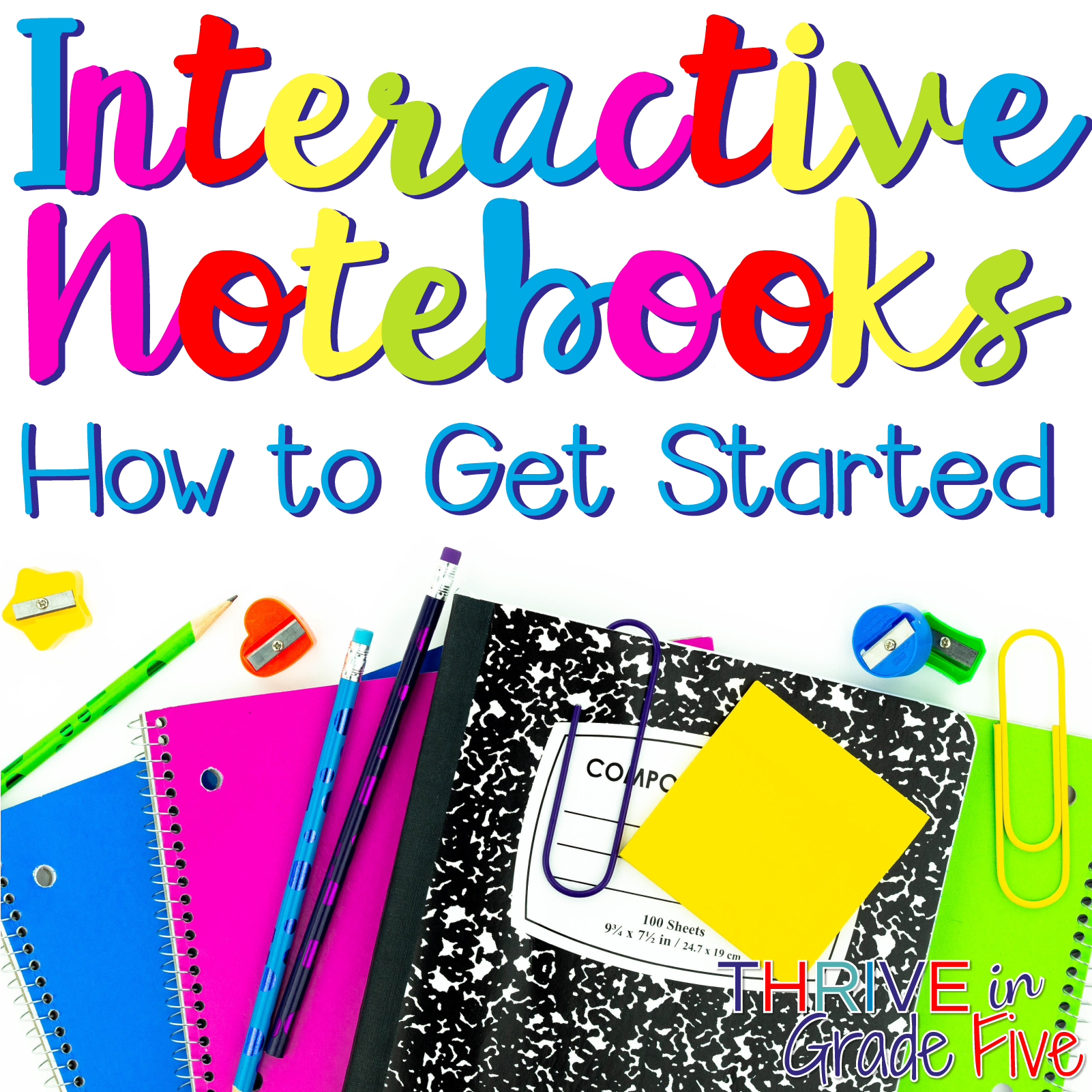If you teach about Colonial America, you’ll definitely want to include a few 18th Century artifacts in your lessons.
When students are able to see and talk about real items created and used during the Colonial Era, history becomes more personal for them. That’s what we hope for as teachers, right?!?
Teaching Colonial America is certainly a highlight of my school year and including artifacts in my lessons makes our study that much more fun for students!

Why you SHOULD include artifacts in social studies class
Showing, discussing, and referring to 18th Century artifacts will give deeper meaning to social studies concepts.
In our modern society, objects are important – we need “things” to make our lives run every day.
Colonial Americans also relied on and enjoyed using a variety of objects in their daily lives. Students find it fascinating to learn about the unfamiliar items that were so important to 18th Century individuals.
Being able to view, analyze, and discuss 18th Century artifacts helps to bring the Colonial Era to life in a big way.
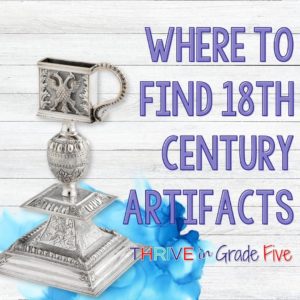
Where to find 18th Century artifacts
Of course, we can’t bring actual 18th Century artifacts into our classrooms.
However, many museums offer free, readily-available images of artifacts online. When we can’t put actual artifacts into our students’ hands, we CAN give them the next best thing… high-resolution images!
I highly recommend you check out the following two sources to find images of 18th Century artifacts:
The Met Open Access – Search for artifacts using geographic location, date/era, and more.
George Washington’s Mount Vernon – This page will take you to literally hundreds of artifacts separated by category. This is such an amazing resource!
Additionally, there are fantastic 18th Century reproductions that can be used with students. I have several sets of reproduction colonial currency that my students love to examine every year. Here is a great set to start your collection:
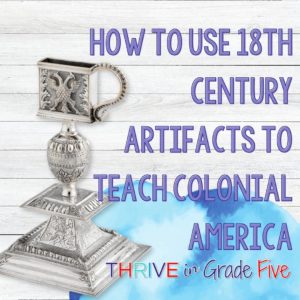
How to use 18th Century artifacts to teach Colonial America
When introducing an 18th Century artifact, I like to display a photo of the artifact and give students time to discuss and predict the purpose of the object.
Many artifacts are completely unfamiliar to students, so analyzing them leads to amazingly deep discussions.
Be sure to connect the artifact to everyday life in the 18th Century.
Our students learn so much about the big ideas and events of the Colonial Era but talking about how normal people lived is valuable and leads students to a deeper understanding of the historical period.
Also, we know that comparing and contrasting is a vital skill for our students to develop.
Discussing the similarities and differences between our modern lives and life in the 18th Century is a meaningful, exciting way to build the skill of comparison and contrast.

18th Century Artifact Introduction – An Example
Here is one quick example of how I use 18th Century artifacts in my classroom:
Introduction & Student Discussion
Display the Porringer (public domain image) on your technology board.
Ask students, “What do you think this is?”
Instruct students to “Talk to an elbow partner and write three predictions telling what you think this artifact is and/or its purpose.”
Ask a few students to share their predictions.
Class Discussion
As a class, discuss the features of the object. For example:
What material was used to make the object?
What special or artistic details can you see on the object?
Was the object handmade, perhaps by an artisan or maybe an amateur?
Do you see any special markings?
Can you predict some names for this object?
The Big Reveal
Drumroll, please!
This object was called a porringer and was created by Frederick Bassett between 1761-1799 in New York or Connecticut.
Can you think of a word that reminds you of porringer?
That’s right, porridge… think Goldilocks and the Three Bears!
Now that you know the name of this object, what do you think it was used for?
It was used to hold porridge, gruel, stew, or soup.
A porringer usually had one handle and was shallow without a lid.
This object was made of pewter. Why might this dish have been made of pewter instead of wood?
Maybe it had something to do with appearance, beauty, washability, and reusability.

To keep this post for later, simply save this image to your teacher Pinterest board!
* Please note that Thrive in Grade Five (Jenifer Bazzit) is a participant in the Amazon Services LLC Associates Program, an affiliate advertising program designed to provide a means for sites to earn advertising fees by advertising and linking to amazon.com. *
